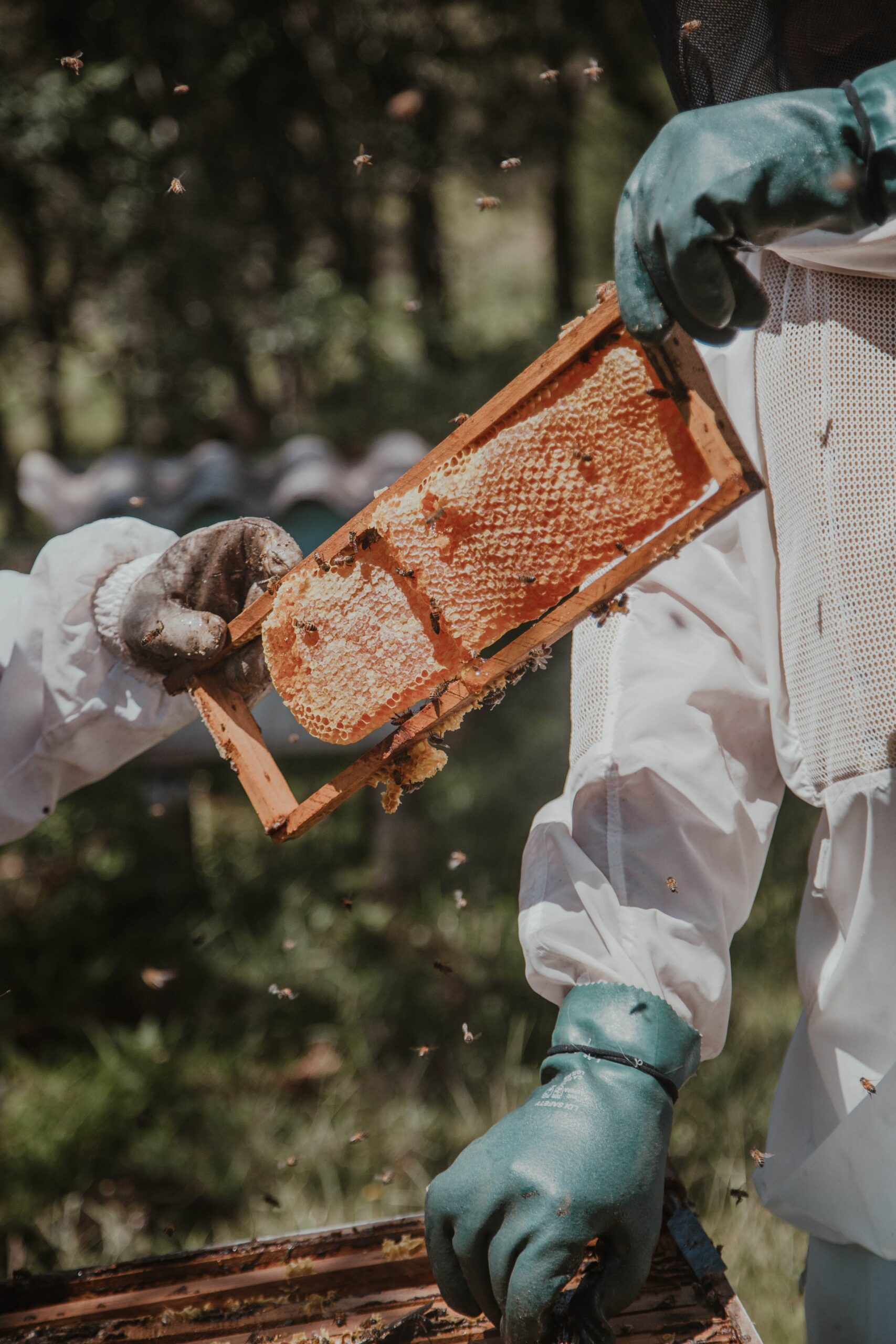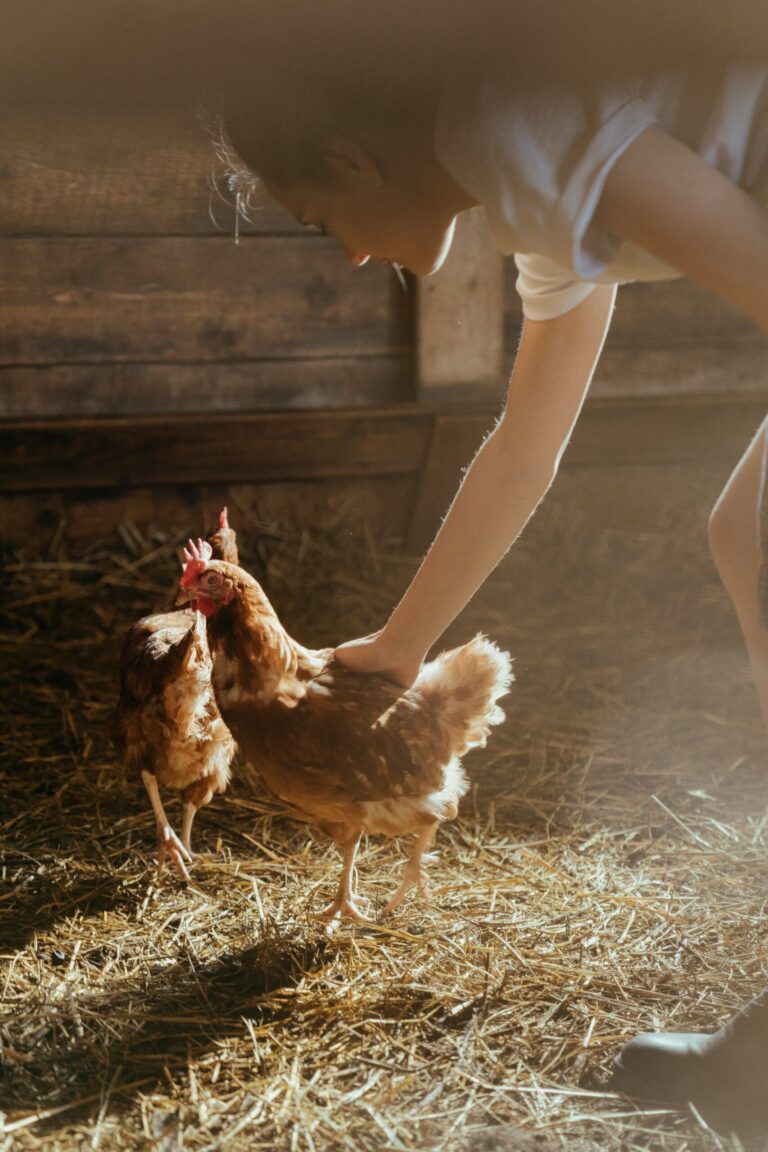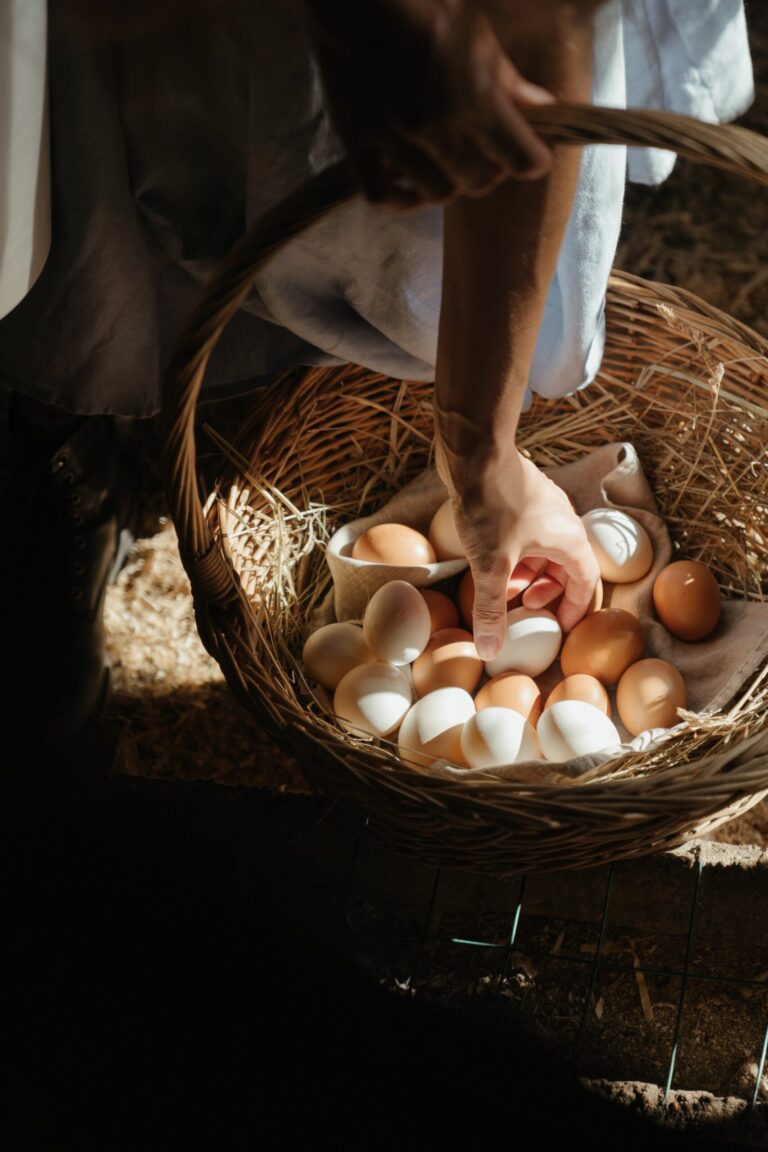A Guide to Starting Beekeeping
Welcome to the fascinating world of beekeeping, a rewarding journey that offers more than just the sweet taste of honey. Beekeeping is an ancient practice, revered and practiced across cultures for its remarkable benefits. As a beekeeper, you become a guardian of these extraordinary insects, contributing to their preservation and, by extension, the health of our planet.
The Benefits and Joys of Beekeeping
Beekeeping is a uniquely rewarding hobby that blends outdoor activity with the nurturing of nature. It allows you to witness the intricate workings of a bee colony, an experience both educational and awe-inspiring. The most obvious benefit, of course, is the production of natural honey, a delicious and nutritious product of your own making. However, the rewards extend far beyond honey. Beekeepers often experience a deep sense of calm and connection with nature while tending to their hives. There’s also the production of beeswax, propolis, and royal jelly, all valuable substances with various uses.
Additionally, beekeeping offers a fascinating insight into the world of bees, enhancing your knowledge and appreciation of biology and ecology. It’s an activity that can be shared with family and friends, offering a unique bonding experience and educational opportunity for children.
Importance of Bees in the Ecosystem
The role of bees in our ecosystem cannot be overstated. As pollinators, bees play a crucial part in the reproduction of many plants and crops. This pollination not only contributes to diverse plant life but is also essential for the production of a large portion of the food we eat. By keeping bees, you contribute to the maintenance and growth of local ecosystems, supporting biodiversity.
Sadly, bee populations are facing threats due to pesticides, habitat loss, and diseases. By becoming a beekeeper, you join the vital effort to protect these creatures, which are so essential to our own survival. In this way, beekeeping is more than a hobby; it’s an act of environmental stewardship.
As we delve further into this guide, we will explore the practical steps to embark on this remarkable journey, ensuring that your experience in beekeeping is both enjoyable and successful. So, whether you’re looking to start a new hobby, produce your own honey, or contribute to environmental conservation, beekeeping offers a unique and fulfilling path.

Understanding Beekeeping
What Does Beekeeping Involve?
Beekeeping, also known as apiculture, is the practice of maintaining bee colonies, typically in hives, by humans. A beekeeper (or apiarist) cares for bees to collect their honey and other products like beeswax, propolis, and royal jelly, or to provide pollination services for crops. However, beekeeping involves much more than just harvesting products. It requires a commitment to the health and well-being of the bee colony, which includes monitoring and managing the hive environment, protecting bees from diseases and pests, and ensuring they have access to nutrition.
The Role and Life Cycle of Honey Bees
Understanding the life cycle and behavior of honey bees is crucial for successful beekeeping. A honey bee colony is a highly organized, social community with each bee playing a specific role. The life cycle of a bee consists of four stages: egg, larva, pupa, and adult. The development from egg to adult varies among the three types of bees in a colony – the queen, the worker bees, and the drones.
- Queen Bee: The queen bee is the only breeding female in the colony. Her primary role is to lay eggs, up to 2000 a day during spring and summer. She also produces pheromones that help regulate the colony’s activities.
- Worker Bees: These are female bees that do not reproduce. They perform various tasks essential for the survival of the colony, including foraging for nectar and pollen, feeding the larvae, producing honey, building and maintaining the hive, and defending it.
- Drones: Drones are the male bees whose sole purpose is to mate with a new queen. They do not forage for food or participate in other colony tasks. Post-mating, they are typically expelled from the hive.
Types of Bees: Queen, Worker, and Drone
- Queen Bee: The queen is the largest bee in the colony. She can live for several years and is the mother of most, if not all, the bees in the hive. Her presence and health are crucial for the colony’s stability.
- Worker Bees: Worker bees make up the majority of the colony’s population. They are smaller than the queen and live for about six weeks during the active season. Workers are responsible for collecting food, caring for the young, cleaning and building the hive, and temperature regulation.
- Drone Bees: Drones are larger than worker bees but smaller than the queen. They have no stinger and do not collect food or contribute to the hive’s maintenance. Drones live for about eight weeks, and their presence is vital for the colony’s genetic diversity.
Getting Started with Beekeeping
Legal Considerations: Checking Local Regulations and Permissions
Before embarking on your beekeeping journey, it’s crucial to understand and comply with local laws and regulations. Beekeeping laws vary significantly depending on your location, and they may include restrictions on the number of hives, their placement, or specific requirements for hive management.
- Research Local Ordinances: Start by checking with your city or county government offices or their websites for any local beekeeping ordinances.
- Informing Neighbors: In some areas, you might be required to inform your neighbors about your beekeeping plans, especially in urban or suburban settings.
- Registration and Permits: Some regions require beekeepers to register their hives or obtain a permit. This often includes regular inspections for disease control.
Choosing the Right Location for Your Hives
Selecting an appropriate site for your bee hives is vital for the health of your bees and the success of your beekeeping efforts.
- Sunlight and Shade: A good hive location gets morning sunlight but is shaded during the hottest part of the day. This helps keep the hive warm in winter and cool in summer.
- Wind Protection: Choose a location sheltered from strong winds, which can make it difficult for bees to fly and can cool down the hive excessively.
- Water Source: Bees need a nearby water source. If natural water isn’t available, provide a shallow water basin or a birdbath near the hive.
- Safety and Accessibility: Ensure your hives are placed in a safe, secure area, away from pets and high foot traffic. Also, consider your own access for regular hive maintenance.
Understanding the Time and Financial Commitment
Beekeeping is both a time and financial investment, and understanding these commitments is essential for effective and enjoyable beekeeping.
- Time Commitment: Beekeeping requires regular check-ins and maintenance. Expect to spend at least a few hours per week inspecting and caring for each hive during peak season.
- Financial Investment: Initial setup costs for beekeeping can be substantial. Expenses include purchasing hives, protective gear, bees, and tools. There are also ongoing costs like medication, supplemental feed, and hive maintenance materials.
- Learning and Education: Investing time in learning about bee biology, behavior, and hive management is crucial. This might involve reading books, attending workshops, or joining local beekeeping clubs.
By carefully considering these factors and preparing accordingly, you can ensure a solid start to your beekeeping venture, laying the foundation for a rewarding and sustainable practice.
Equipment and Supplies
Beekeeping requires specific tools and equipment to ensure both the safety of the beekeeper and the health and productivity of the bees. Here’s an overview of the essentials:
Overview of Essential Beekeeping Equipment
- Beehives: The hive is the home for your bees and the primary structure where they live, breed, and produce honey. Several types of hives are available, including the popular Langstroth hive, the traditional Top-Bar hive, and the Warre hive. Each has its design, management practices, and advantages.
- Protective Gear: Beekeeping suits, gloves, and veils are essential for protecting yourself from bee stings. A good beekeeping suit is lightweight yet thick enough to prevent stings, covers the entire body, and comes with a veil to protect your face and neck. Gloves should be flexible and thick enough to prevent stings but allow for easy movement of fingers.
- Tools: Key beekeeping tools include:
- Smoker: A smoker calms the bees and makes them less aggressive, allowing you to work within the hive safely.
- Hive Tool: This is a multi-purpose tool used for prying apart hive bodies and frames, scraping off excess comb and propolis, and lifting frames.
- Extractor: For harvesting honey, an extractor is used to spin the honey out of the frames without destroying the comb.
Beehives: Types and Setup
- Langstroth Hive: Comprised of vertically stacked rectangular boxes with removable frames. It’s known for its ease of inspection and honey extraction.
- Top-Bar Hive: Horizontal hives where bees build comb hanging from removable bars. It’s simpler and less intrusive but requires more frequent monitoring.
- Warre Hive: Designed to mimic the natural environment, it’s a vertical top-bar hive that’s less disruptive to bees but more labor-intensive during honey harvesting.
Protective Gear: Suits, Gloves, and Veils
- Ensure that your suit fits well and offers full coverage.
- Gloves should balance protection with dexterity.
- Veils should provide clear visibility and be securely attached to the suit.
Tools: Smokers, Hive Tools, and Extractors
- Smokers: Use fuels like pine needles or cardboard, which produce cool, white smoke.
- Hive Tools: Choose ones with a comfortable grip and durable construction.
- Extractors: These can be manual or electric, depending on the scale of your operation.
Sourcing Your Bees: Nucleus Colonies vs. Packaged Bees
- Nucleus Colonies (Nucs): These are small, established colonies with a queen, workers, brood, and honey stores. They are ideal for beginners as they have a functioning colony structure.
- Packaged Bees: These are boxes of bees with a mated queen. They require more initial work to establish as they don’t come with comb or brood.
Selecting the right equipment and bees is crucial in setting up your beekeeping operation. While the initial investment might seem substantial, quality equipment pays off in the long run in terms of durability and ease of use. As for the bees, consider your experience level and the time you can commit to establishing your hives when choosing between nucs and packaged bees.


